TrailBlog
Great American Rail-Trail illustration by Anderson Design
Rails to Trails Conservancy’s TrailBlog explores the world of trails, walking and bicycling, including industry news, amazing and impactful trail destinations, the unique history to be found across trails and the movement, and the leaders and communities shaping trail network development today. Get stories emailed to your inbox each month.
Search By Topic, State or View All
View All Stories
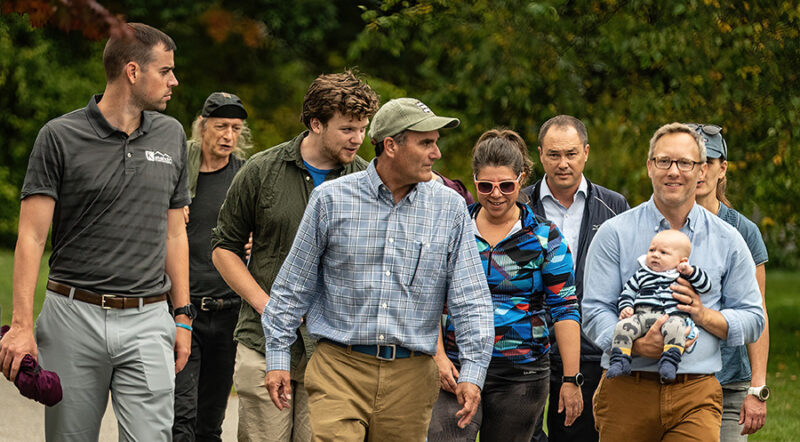
Policy
Bi-Partisan Leadership Fuels State-Level Trail Investment in 2024
May 08, 2025
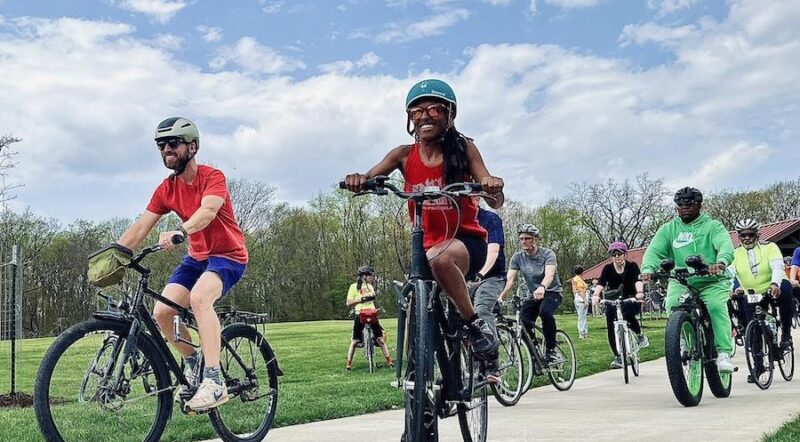
Policy
Leveraging Celebrate Trails Day Advocacy in Cuyahoga County
March 21, 2025

Policy
Standing Up for Trails
March 12, 2025
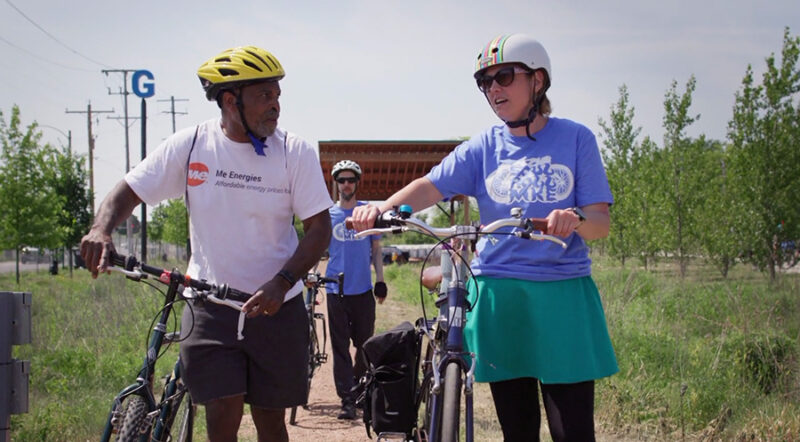
Policy
Reconnecting Communities Program Elevates Role of Trail Networks in Revitalizing Communities
February 03, 2025
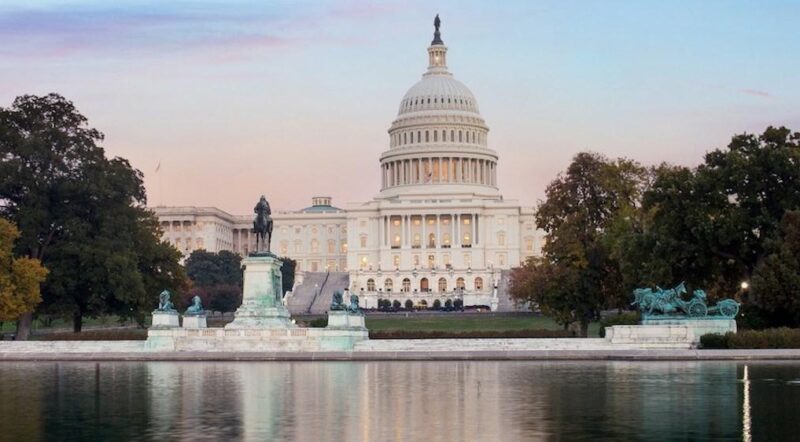
Policy
What the 2024 Election Means for Active Transportation
November 25, 2024
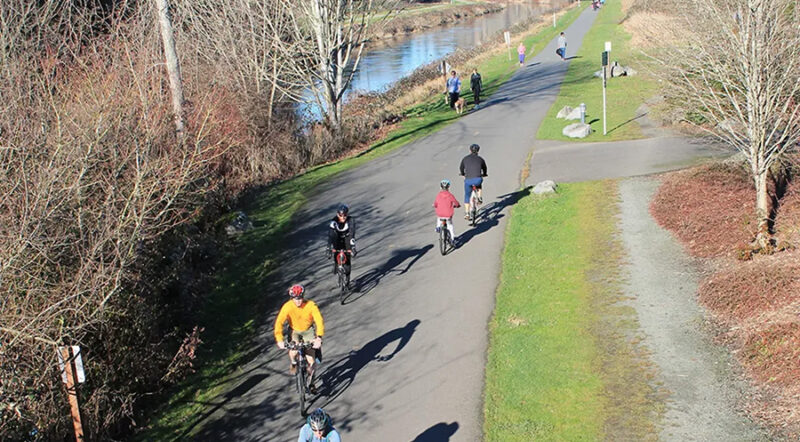
Policy
Biking, Walking and Trails Win Big in 2024 Ballot Measures
November 14, 2024
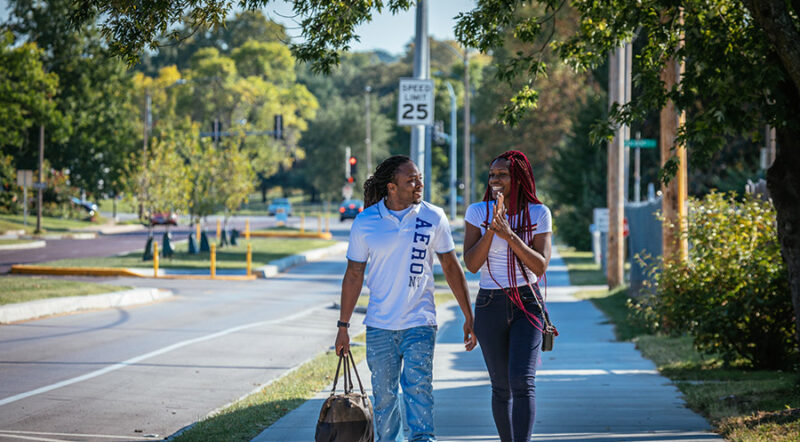
Policy
Analysis of Nation’s Largest Funding Source for Active Transportation Finds Progress Amidst Overwhelming Demand
September 25, 2024
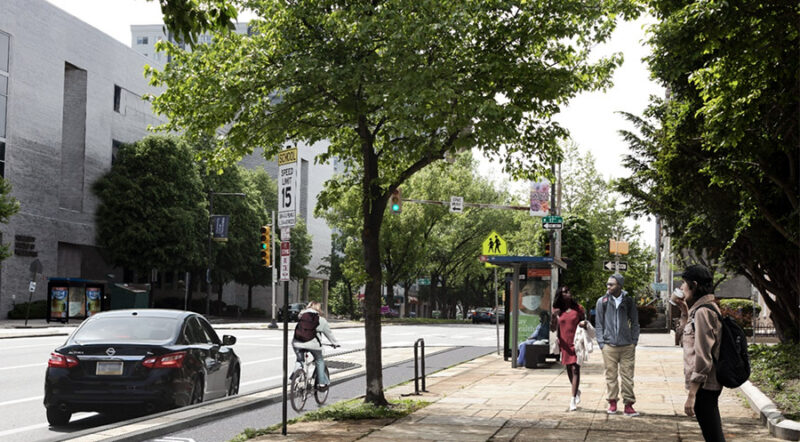
Policy
Leveraging Active Transportation to Meet State Carbon Reduction and Climate Goals
August 08, 2024
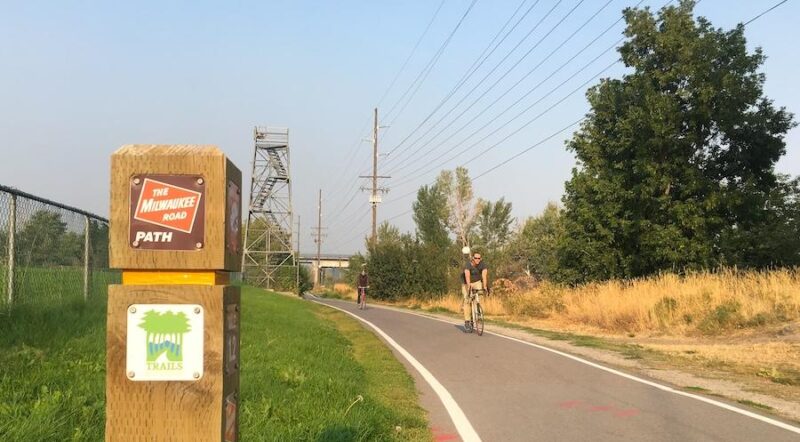
Press Release
USDOT Doubles Down on Connected Walking and Biking Infrastructure as Essential to America’s Mobility
March 14, 2024
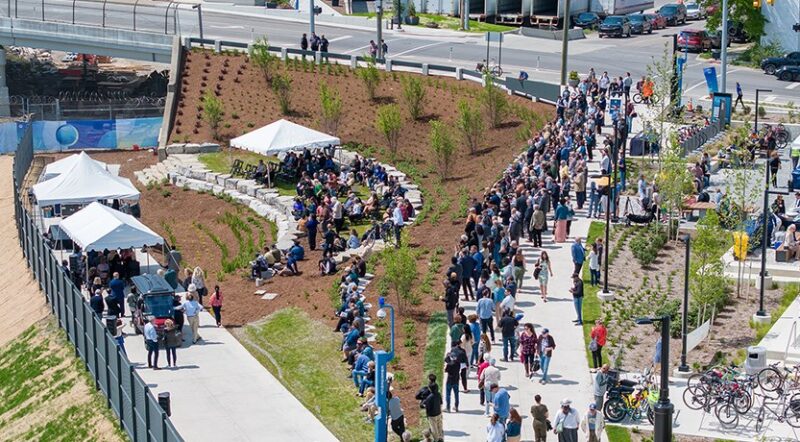
Policy
Five Ways to Grow Support for Trails, Walking and Biking
February 09, 2024
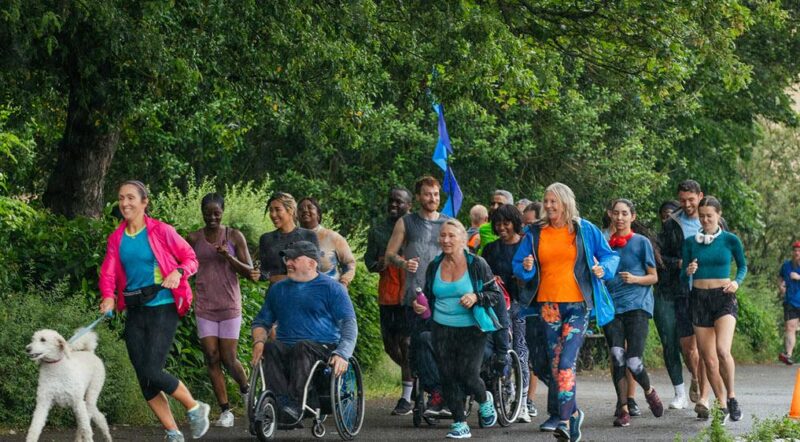
Building Trails
Leveraging This Moment for Impact
February 06, 2024

America’s Trails
Tapping Into Opportunity: RTC’s Strategic Priorities
January 11, 2024
Get Our Monthly Newsletter
featuring our latest digital articles, updates on the Great American Rail-Trail®, Trail of the Month features, personal trail stories and much more.

Donate
Everyone deserves access to safe ways to walk, bike and be active outdoors.